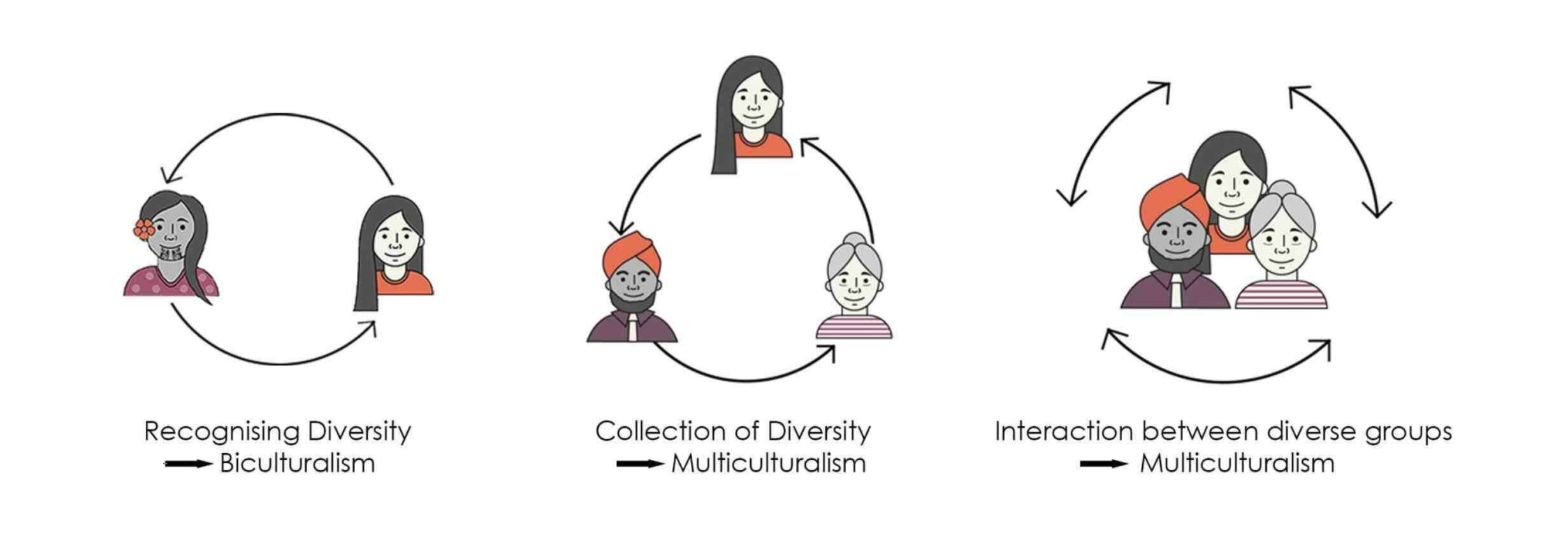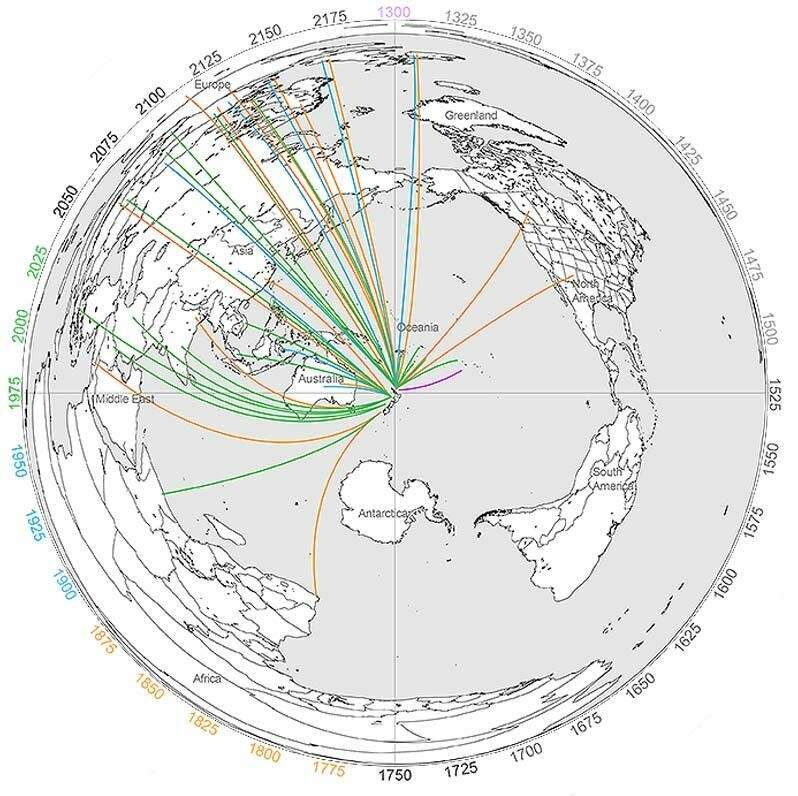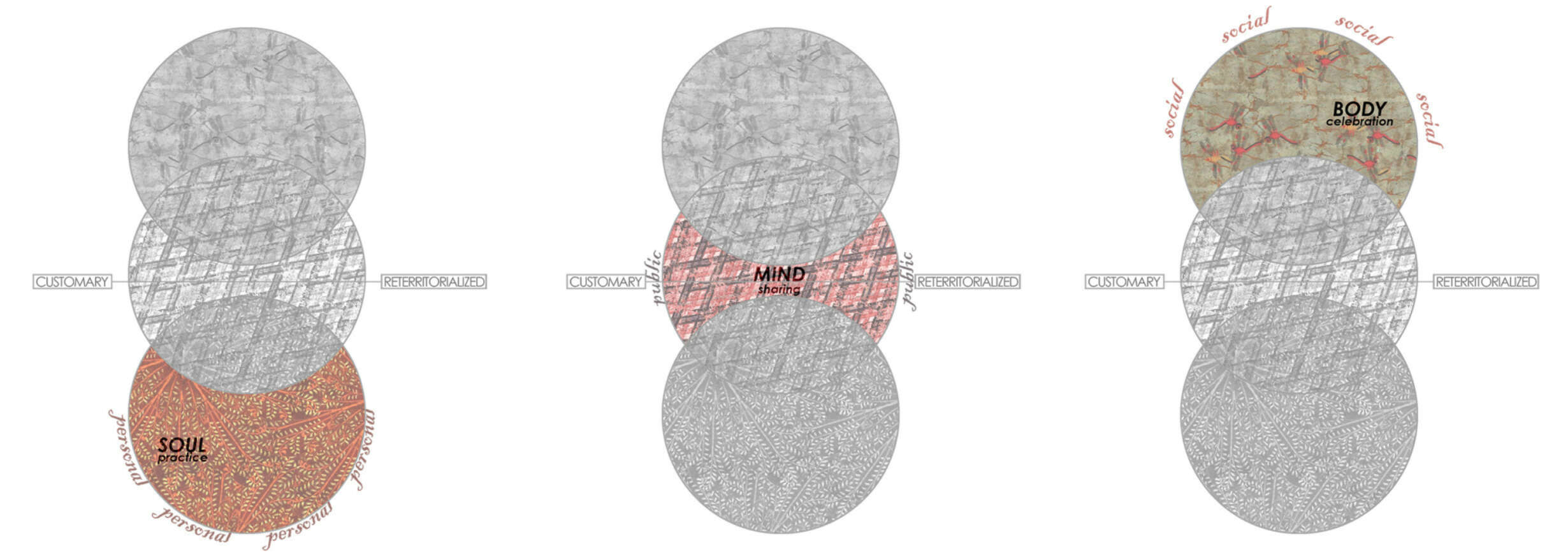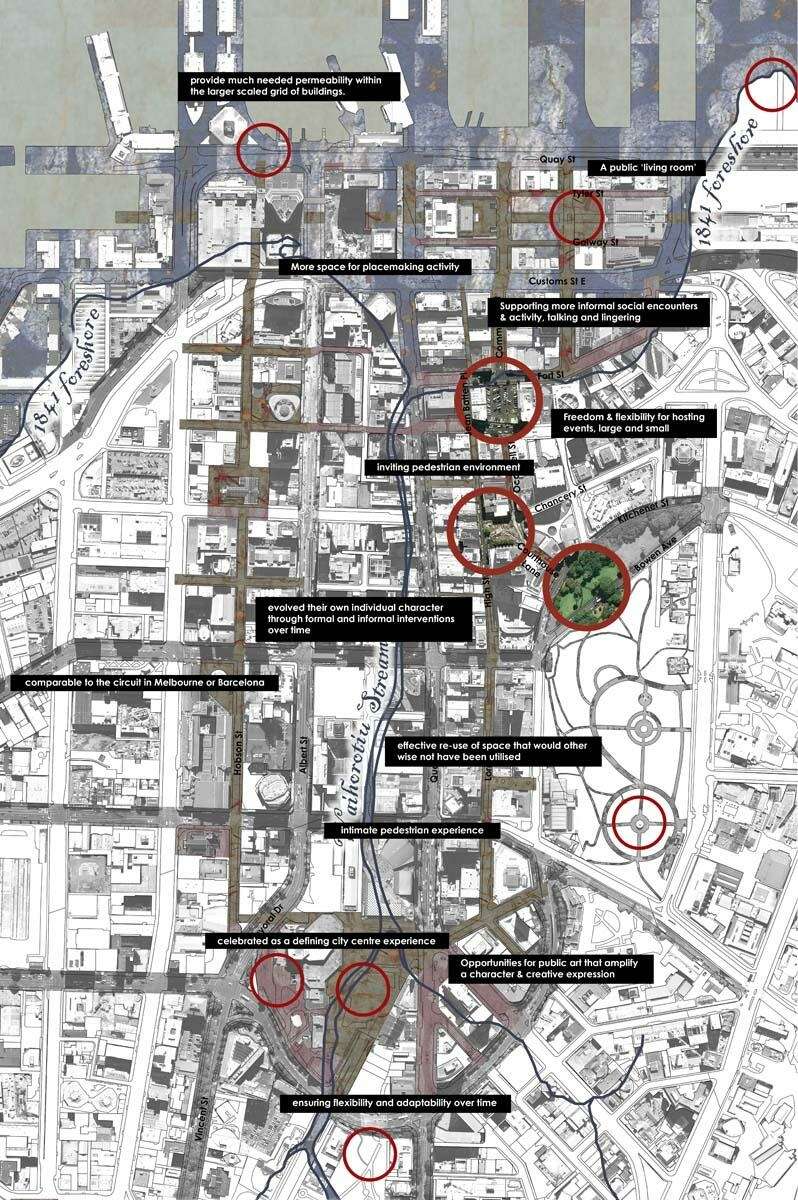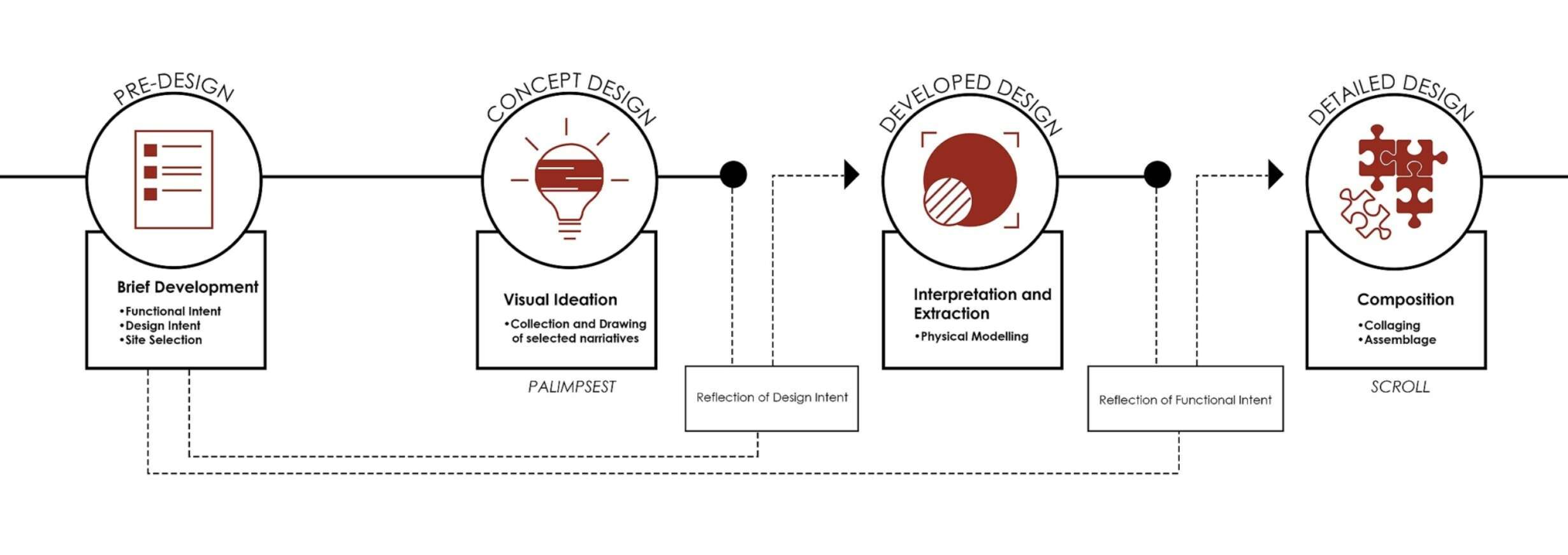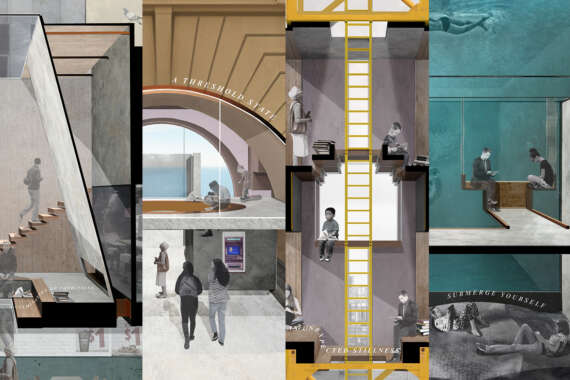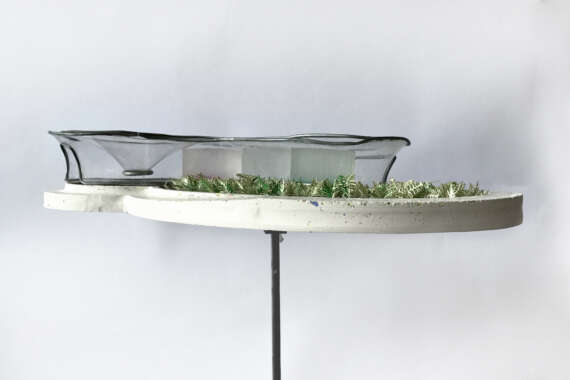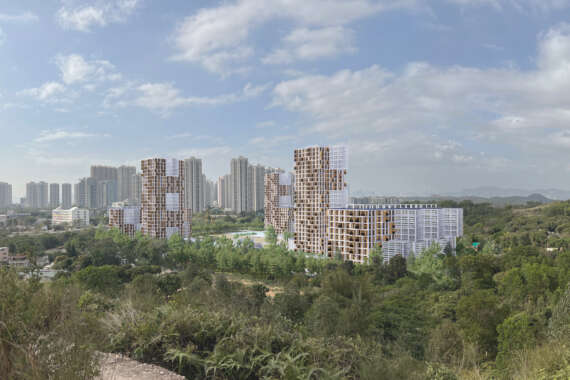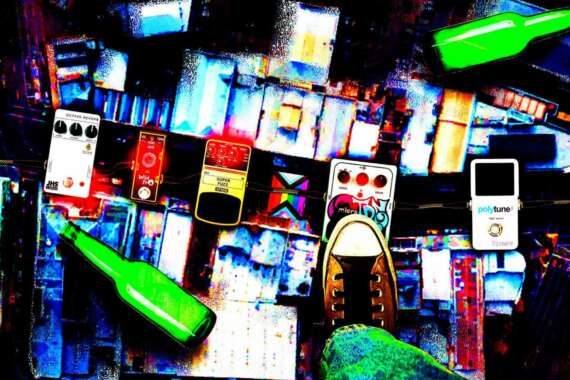Facilitating Intercultural Encounters; through the negotiation between self, society, and place.
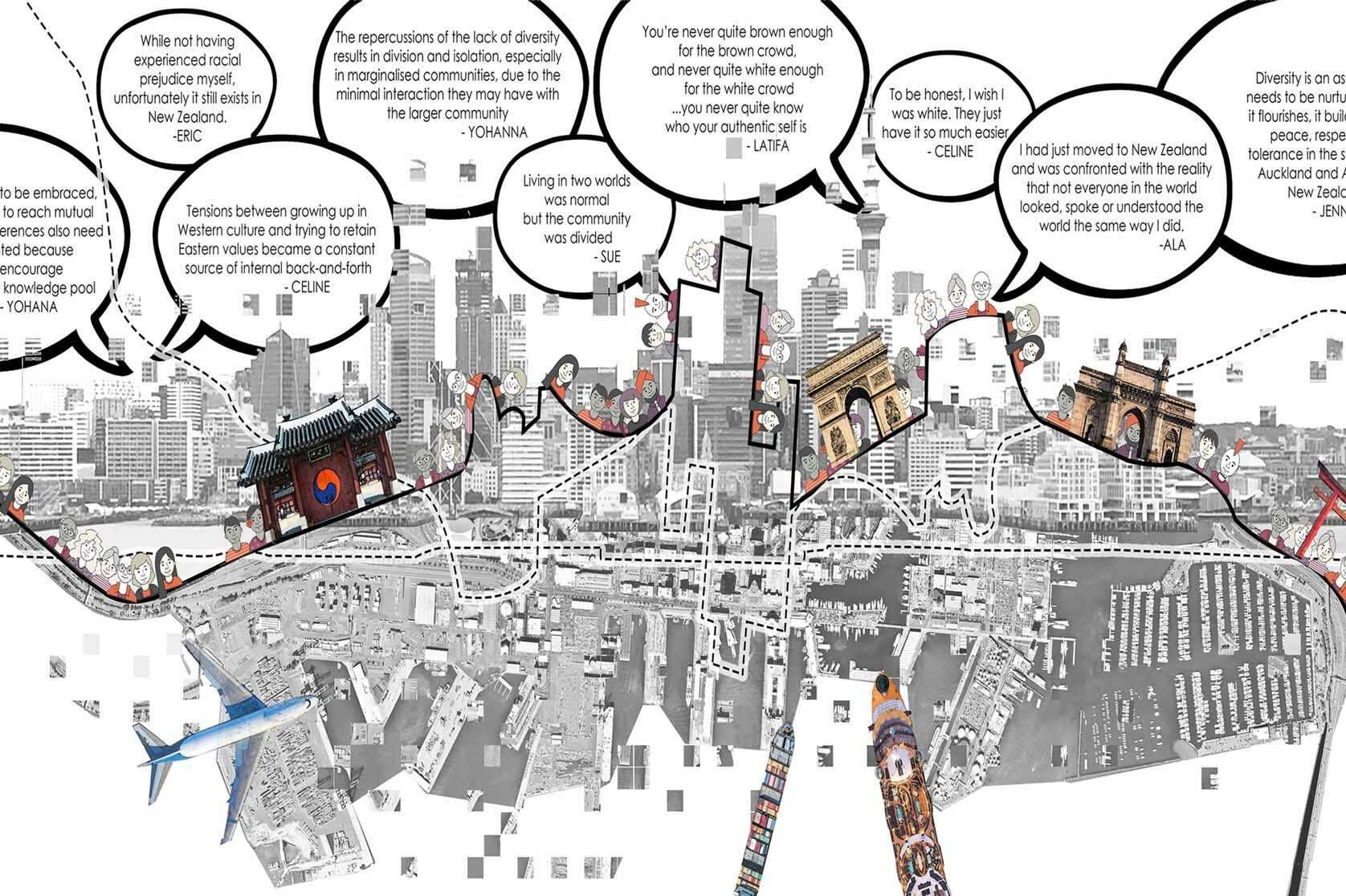
Through the era of globalization, the world has witnessed increasing levels of cultural flow exchanged between countries through migratory processes. While existing research presents the concept of immigration as many things – the result of forced circumstances; a tool for development and growth; the cause for resource depletion; a process of instability; a driver for innovative design — in this thesis, immigration is recognized as the catalyst for the development of complex cultural (collective and individual) identities. Housing this growing reality is a super-diverse city; Auckland.







